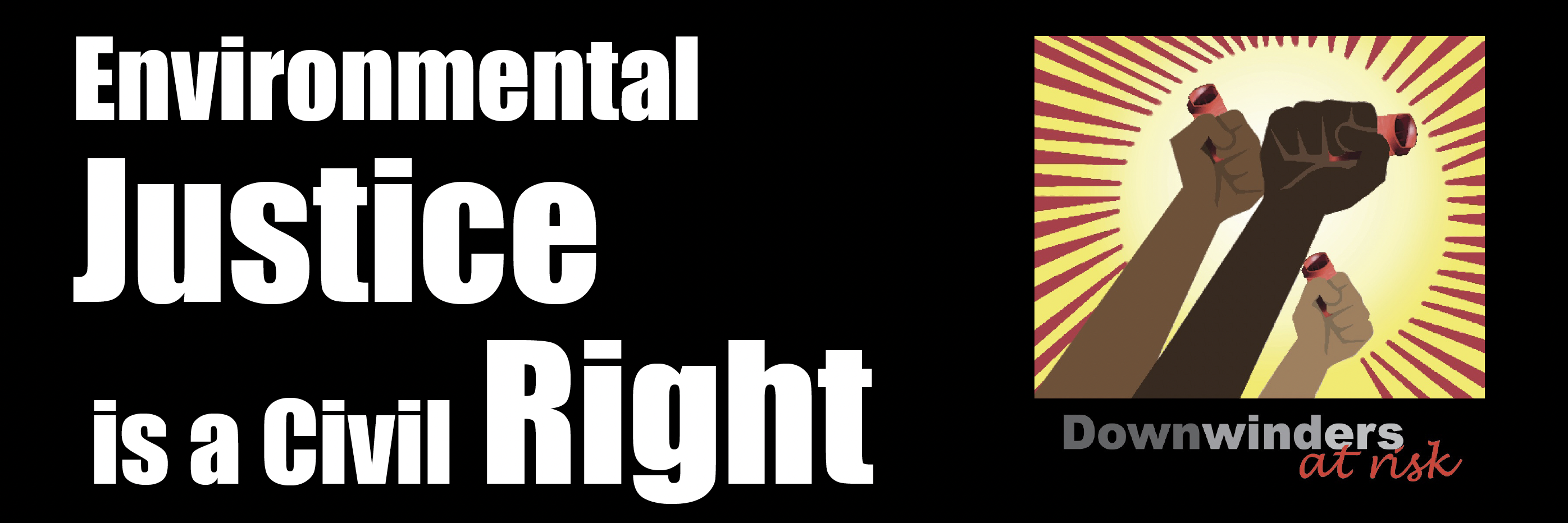Posts Tagged ‘Hydrogen Sulfide’
Study: Low Levels of Hydrogen Sulfide Linked to Asthma
 You may not know the name of the chemical, but you know it by smell. "Rotten eggs" is the olfactory indication you're being exposed to Hydrogen Sulfide. There's a reason it smells like that. Biological sources can emit it. Certain bacteria produce hydrogen sulfide as they decompose waste – like rotten eggs. It also occurs in geothermal situations. Hot water, steam and magma from inside the Earth carry heat, minerals and gases – like Hydrogen Sulfide – to the surface, liberating them in springs, geysers and volcanic lava. If you've ever been to Yellowstone, you know the smell. Industrial sources of hydrogen sulfide include oil and gas drilling, refineries, paper mills, large scale livestock production, waste water treatment and landfills. At high levels of exposure, Hydrogen Sulfide is linked with serious neurologic damage – including death. Lower levels can trigger eye irritation, fatigue and headaches…and asthma according to a new three-year study out of Iceland. Measuring levels of Hydrogen Sulfide near major intersections and power plants in the capital city of Reykjavik that turn geothermal energy into electricity and heating steam, researchers found a weak but constant association between the pollutant and asthma medication rates. It's one of the first studies to find respiratory ailments at low levels of Hydrogen Sulfide – much like you'd find in the Barnett Shale or any gas or oil patch. The fact that oil drilling has been around for over a century, and yet only now are we actually studying what happens when people are exposed ti it at exposure levels found in real life, tells you all you need to know about the risks of allowing drilling so close to people.
You may not know the name of the chemical, but you know it by smell. "Rotten eggs" is the olfactory indication you're being exposed to Hydrogen Sulfide. There's a reason it smells like that. Biological sources can emit it. Certain bacteria produce hydrogen sulfide as they decompose waste – like rotten eggs. It also occurs in geothermal situations. Hot water, steam and magma from inside the Earth carry heat, minerals and gases – like Hydrogen Sulfide – to the surface, liberating them in springs, geysers and volcanic lava. If you've ever been to Yellowstone, you know the smell. Industrial sources of hydrogen sulfide include oil and gas drilling, refineries, paper mills, large scale livestock production, waste water treatment and landfills. At high levels of exposure, Hydrogen Sulfide is linked with serious neurologic damage – including death. Lower levels can trigger eye irritation, fatigue and headaches…and asthma according to a new three-year study out of Iceland. Measuring levels of Hydrogen Sulfide near major intersections and power plants in the capital city of Reykjavik that turn geothermal energy into electricity and heating steam, researchers found a weak but constant association between the pollutant and asthma medication rates. It's one of the first studies to find respiratory ailments at low levels of Hydrogen Sulfide – much like you'd find in the Barnett Shale or any gas or oil patch. The fact that oil drilling has been around for over a century, and yet only now are we actually studying what happens when people are exposed ti it at exposure levels found in real life, tells you all you need to know about the risks of allowing drilling so close to people.
